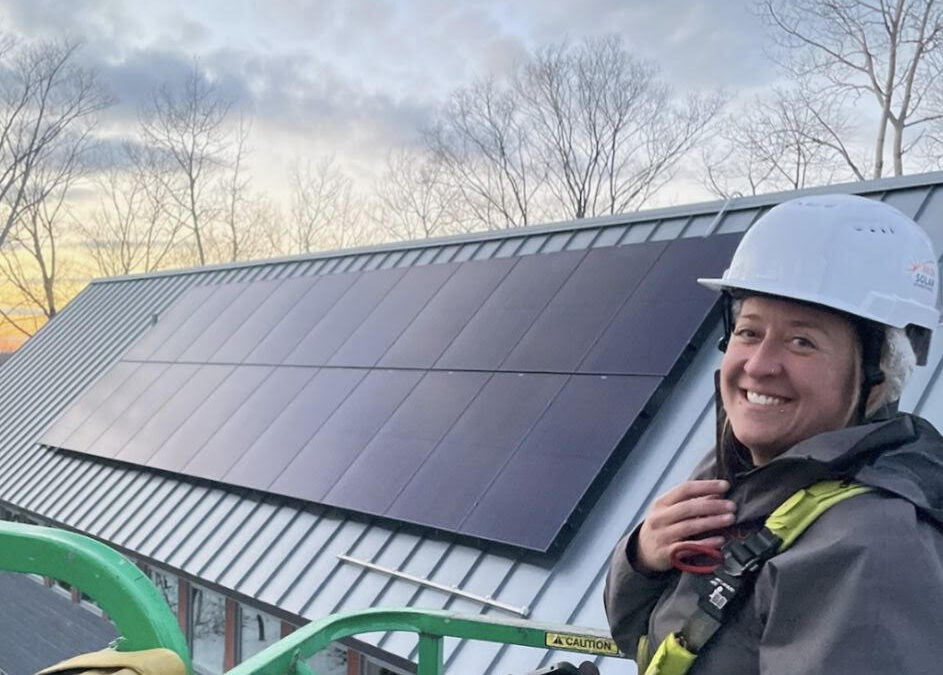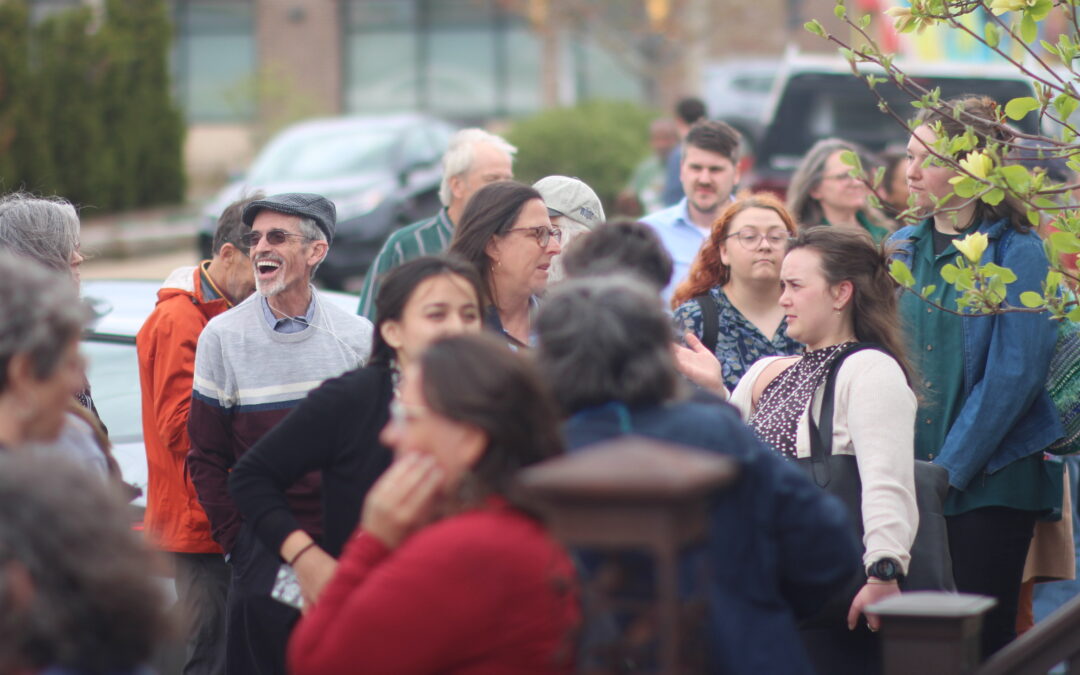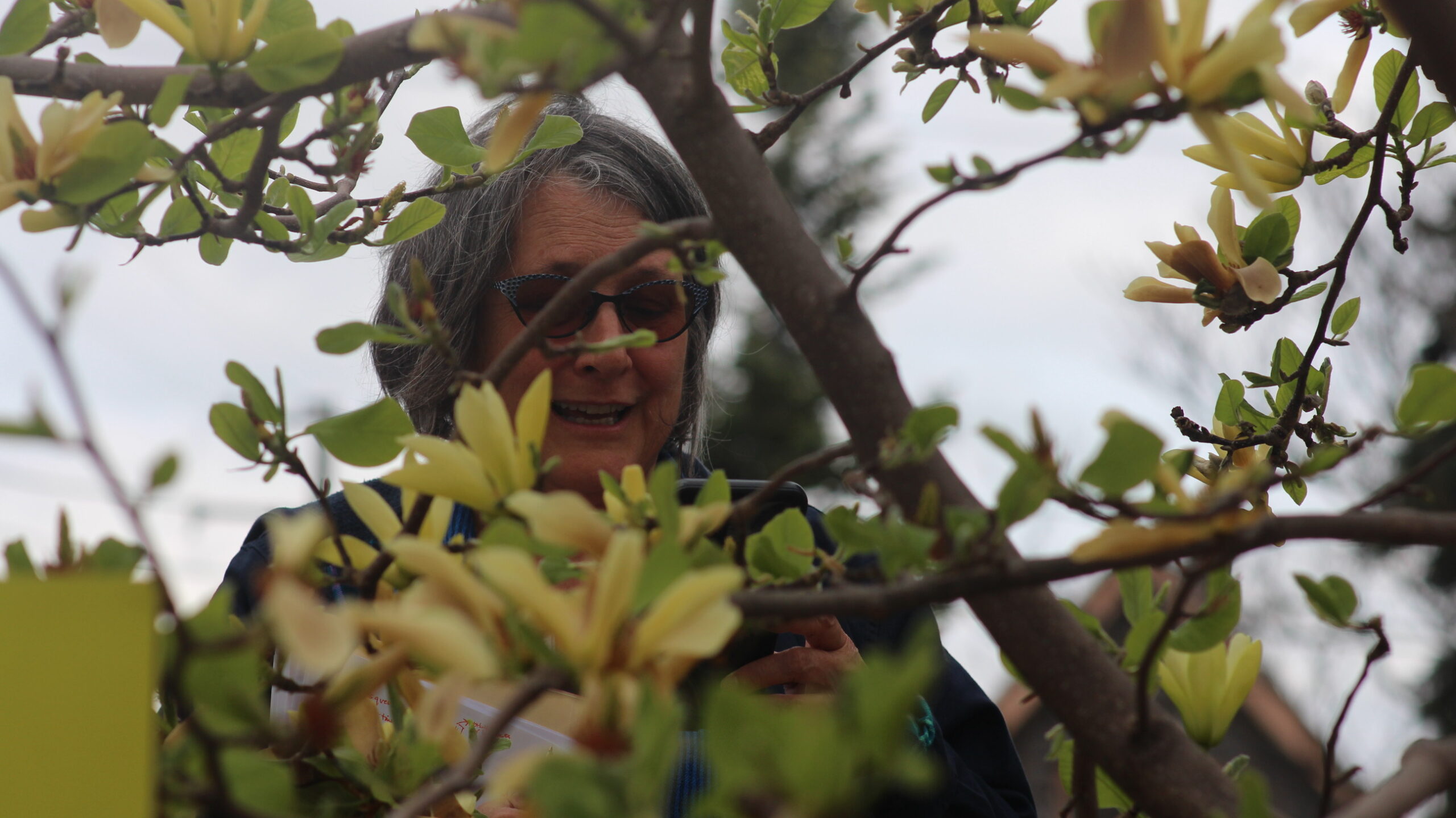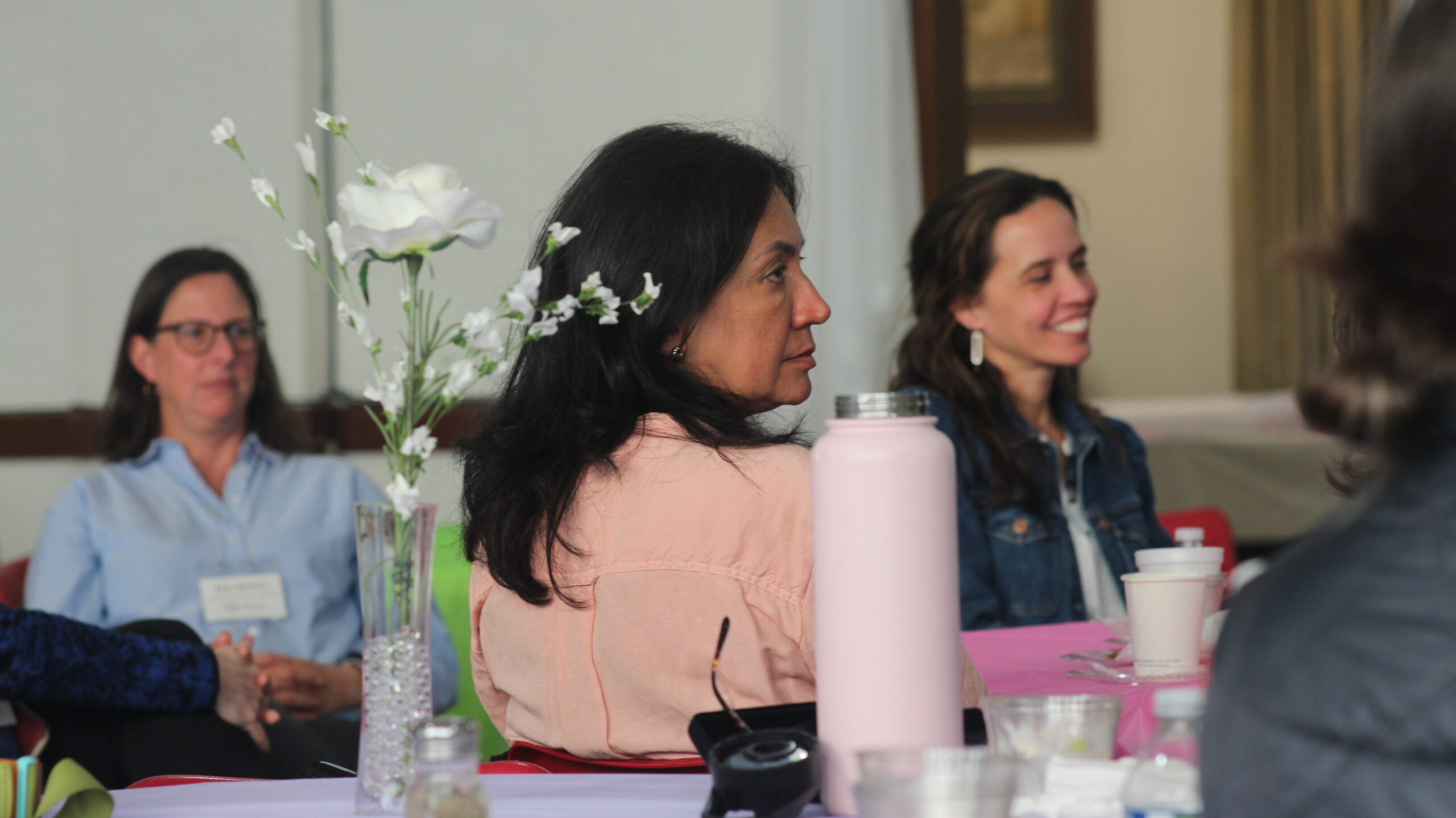
Clean Energy Works Profile – Sam Lammers
Sam Lammers entered the renewable energy industry a little over a year ago but has already taken on a leadership role at Arch Solar as the DC Crew Lead. The Wisconsin native was raised in Sheboygan and until recently, she worked in the nearby Washington and Waukesha Counties as an Invasive Species Coordinator and also Conservation Warden for the Department of Natural Resources.
“…sustainability and conservation have always been a passion of mine,” Lammers said.
Lammers went to school at UW – Green Bay where she earned her Bachelor’s degree in environmental policy and planning. Her passions, however, extend beyond the environment. Lammers is also the owner of her yoga studio and it was through one of her clients that she learned about Arch Solar.
“Actually finding Arch Solar came as kind of an accident, I was having breakfast with one of my yoga clients,” Lammers said. “I actually own a yoga studio, and she was telling me about her job and how I would be a really good fit for it. She asked me if it’s something I would be interested in and if I would check out.”
Lammers quickly learned how right her client was. She has found the work rewarding and just shortly after her one-year anniversary, Lammers is already looking for ways to grow in her role. Within the next year, she hopes to be a part of the electrician apprenticeship program.
“I absolutely love the opportunities I get at the job,” Lammers said. “The role is always kind of growing and adapting, and that’s what keeps me going.”
Among the many things Lammers enjoys about her work is working with customers and generally educating the public about the work she does. Lammers said that when she gets on a job site she enjoys the opportunity to not only ease the minds of customers but help them realize their sustainability goals.
“I believe in all forms of sustainability and the renewable industry,” Lammers said. She added that she loves being able to bring her passion for being outside while working hard in a role within the renewable energy industry.
And though she has a deep appreciation for her role in the industry and the team she works with, the position is not without some challenges.
“I would say my biggest challenge, just being almost a decade older than most of the guys I work with on the roof, is just kind of the physical demand of the job,” Lammers said. She noted that there are days she doesn’t feel like getting on a roof, but she reminds herself how great it is to get to work outside. Good teamwork is essential when regulary working on roofs. As Lammers noted she has a fabulous team that trusts each other and has each other’s backs.
“I appreciate the wide variety of individuals that I get to work with in the renewables industry,” Lammers said. “The field crews, office staff, salespersons, and customers all bring their own experiences, expertise, and questions to every job we do and it’s incredible being able to learn from everyone involved. The renewables industry is an ever-growing field and there is always something new and exciting to learn about or adapt to our practices on the roof.”



